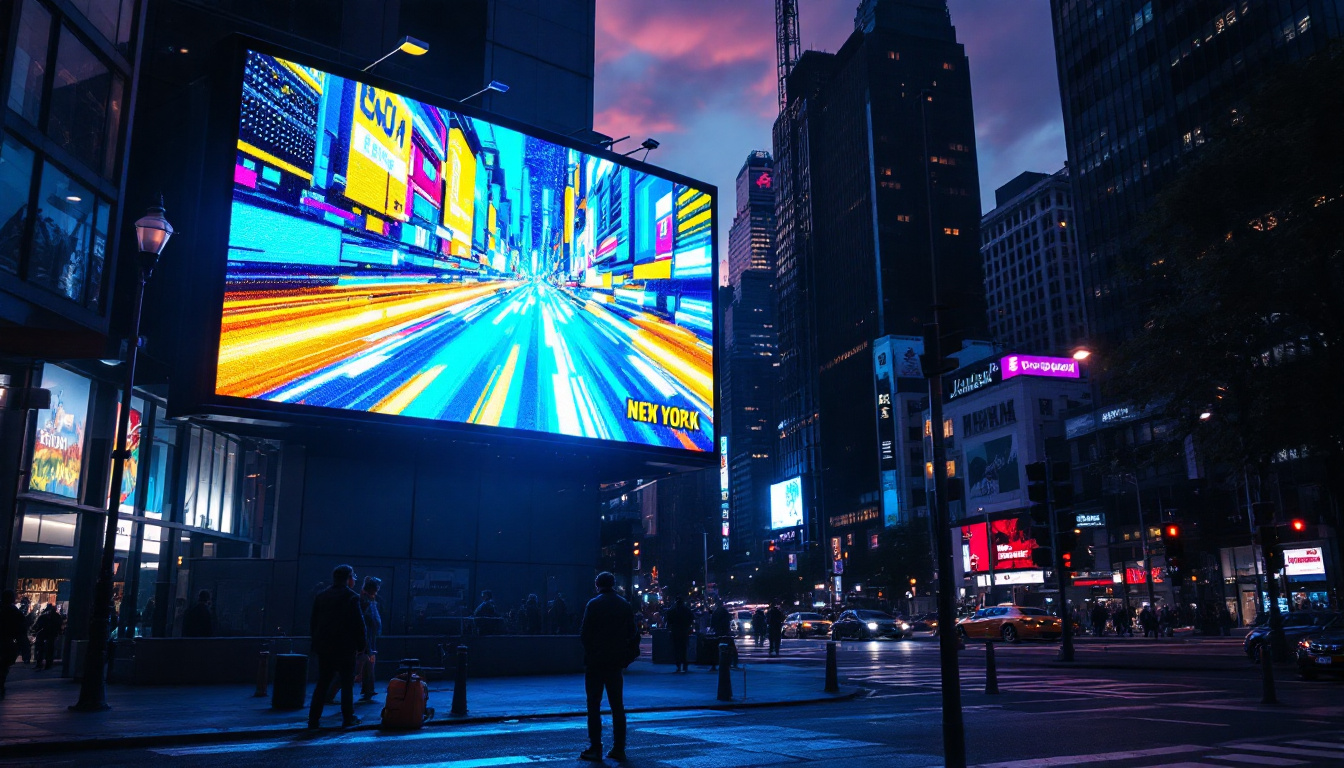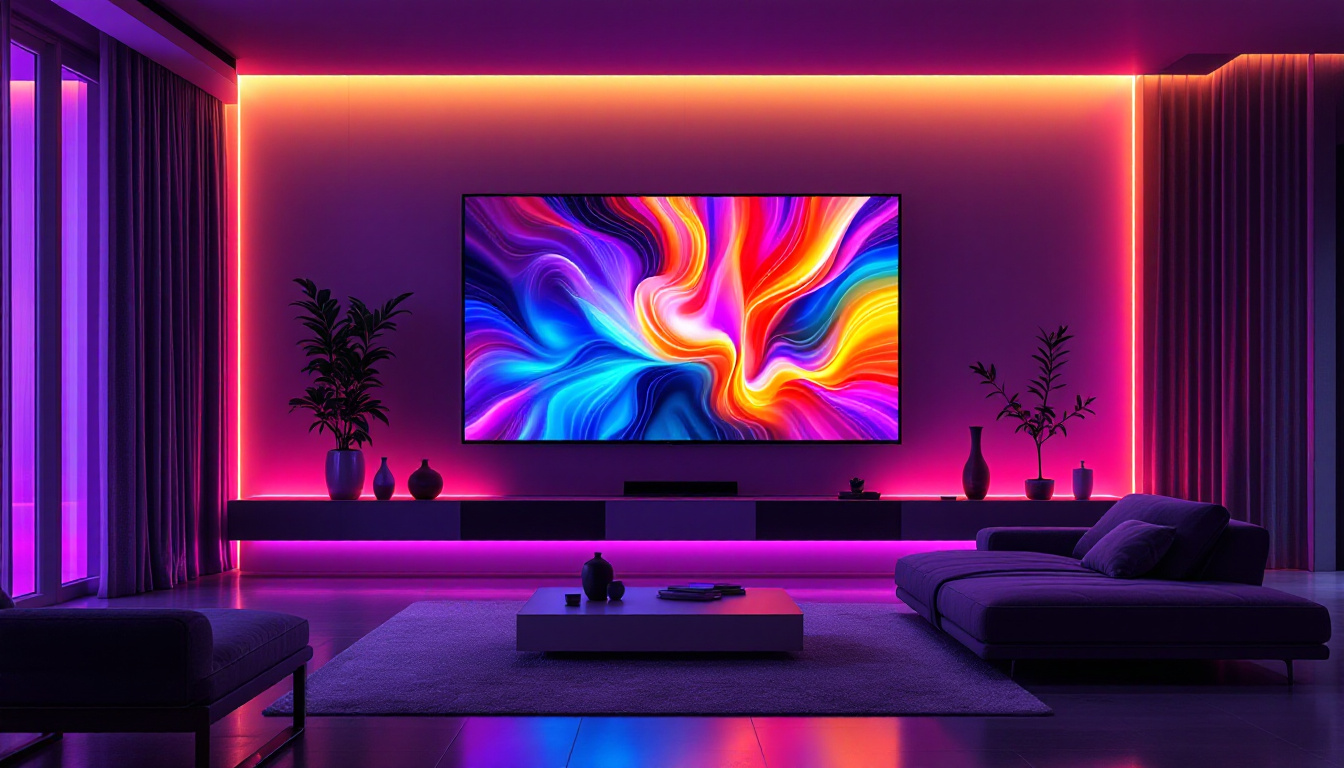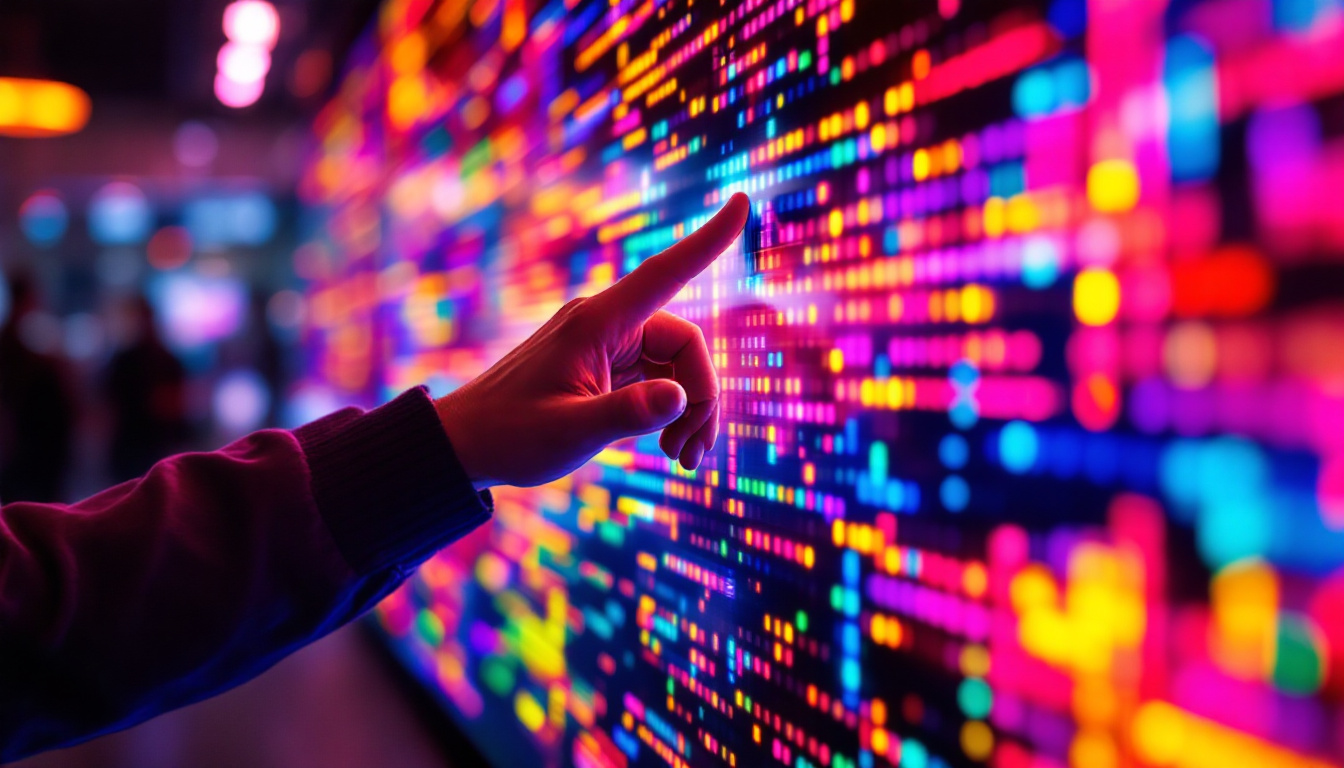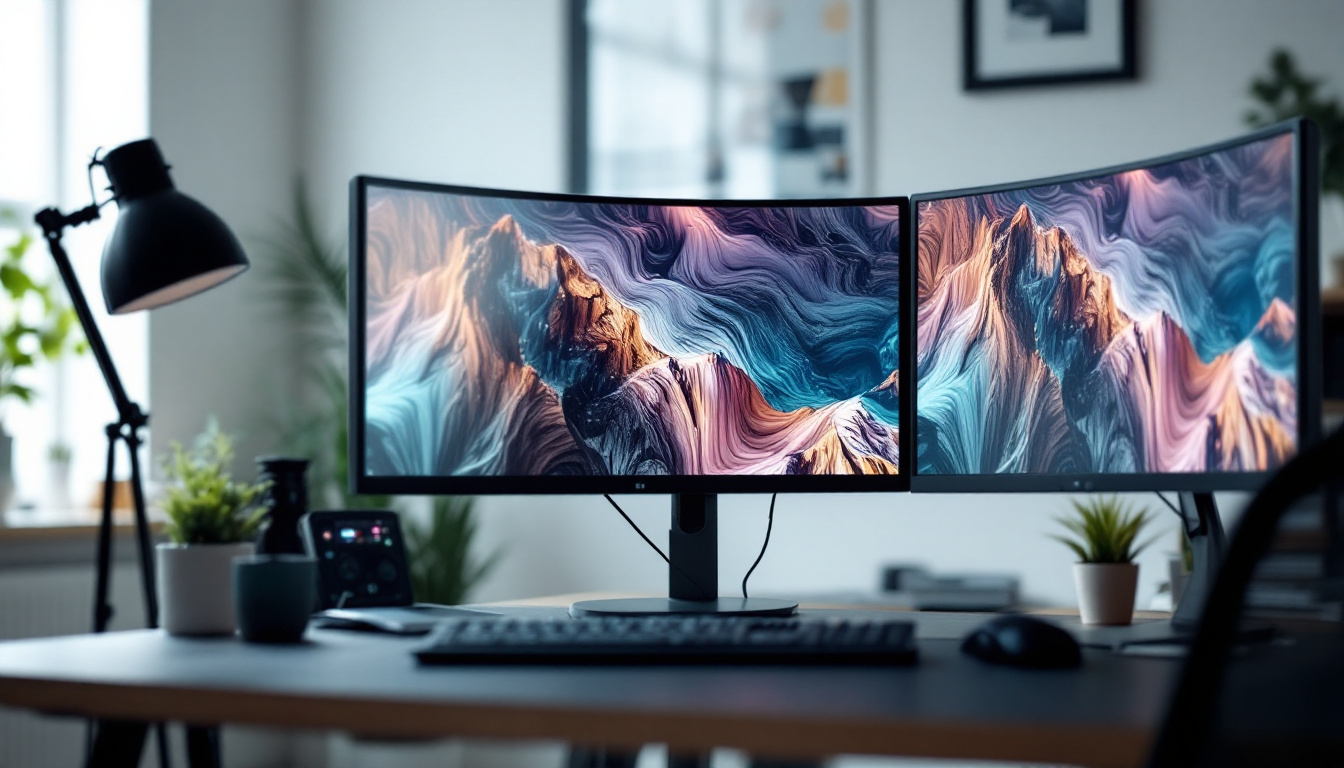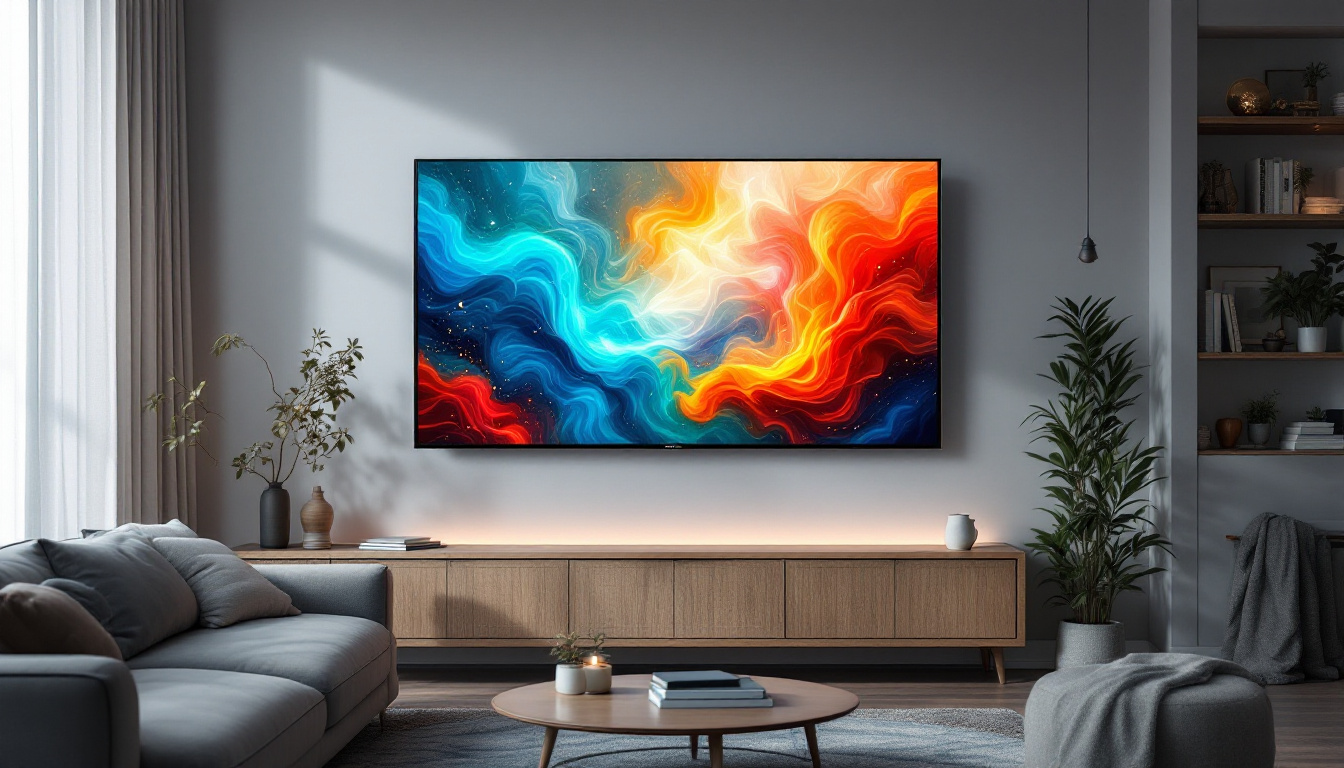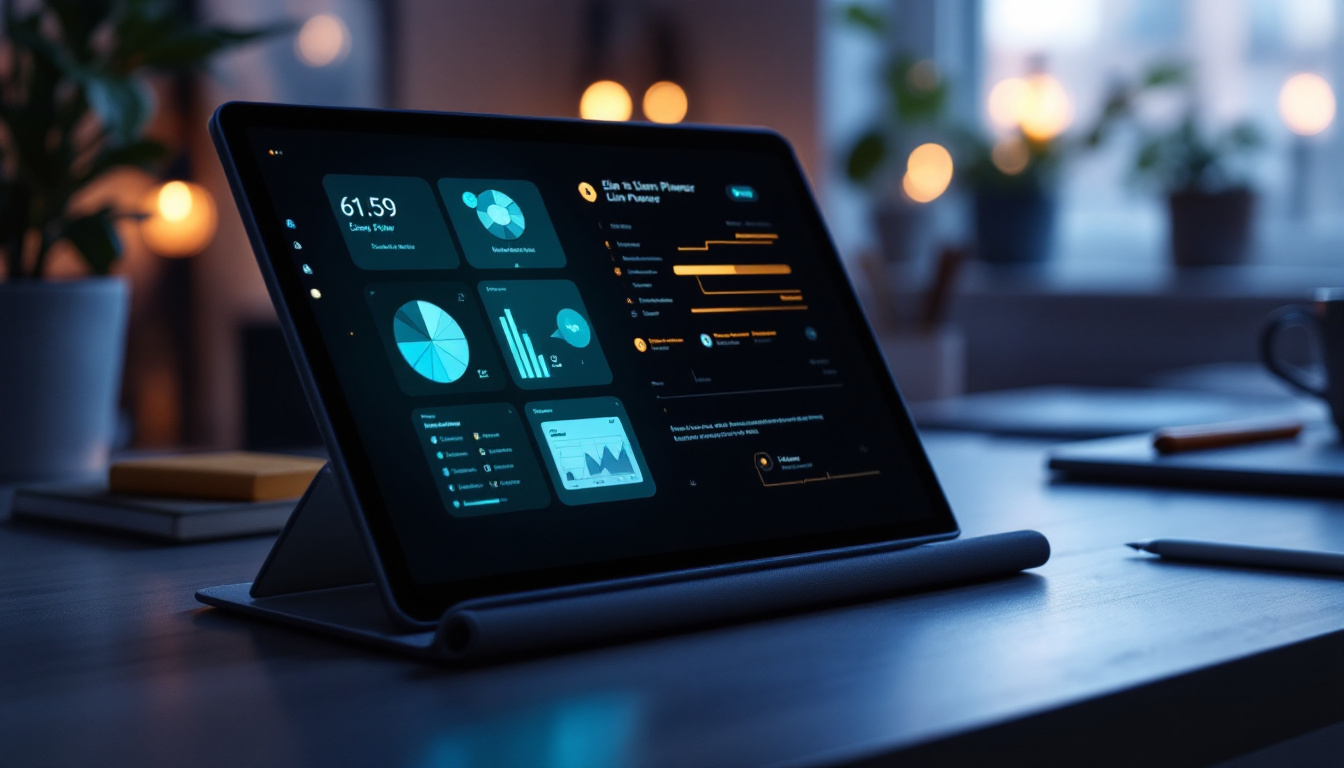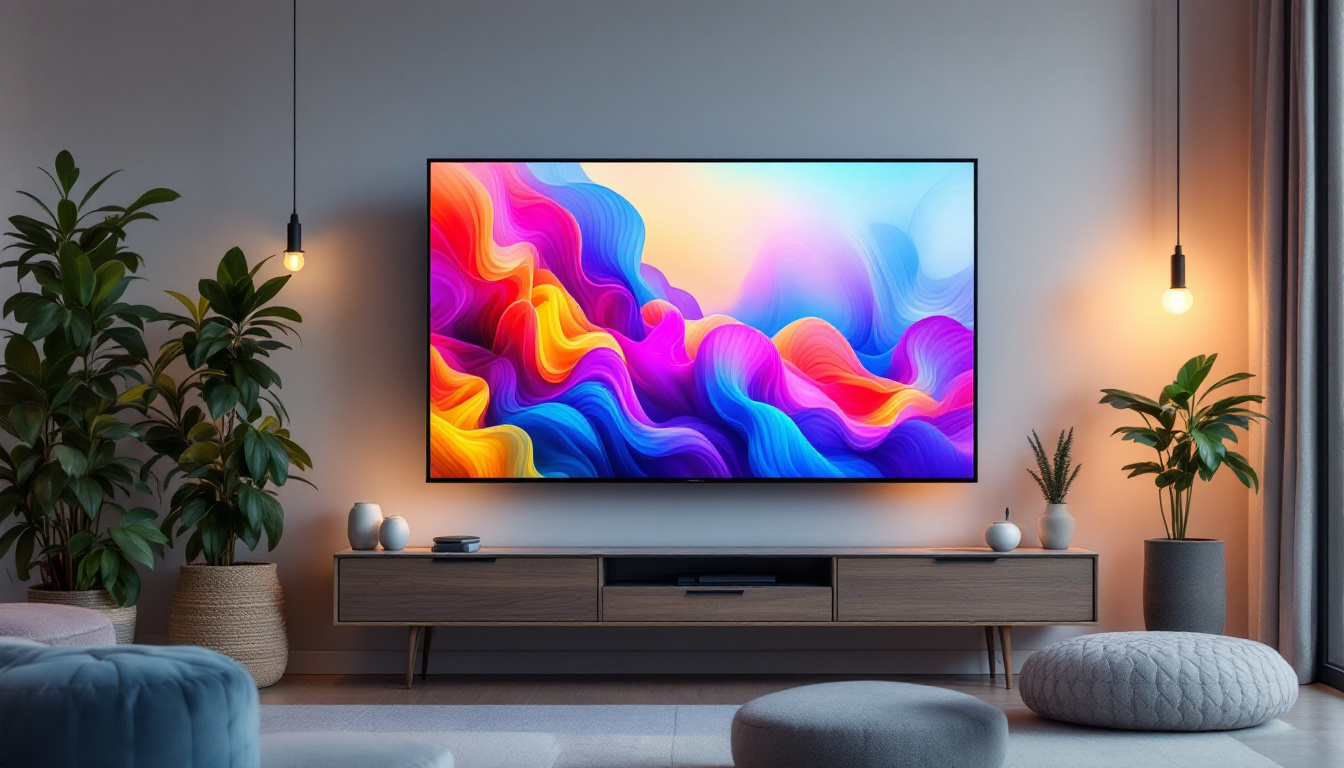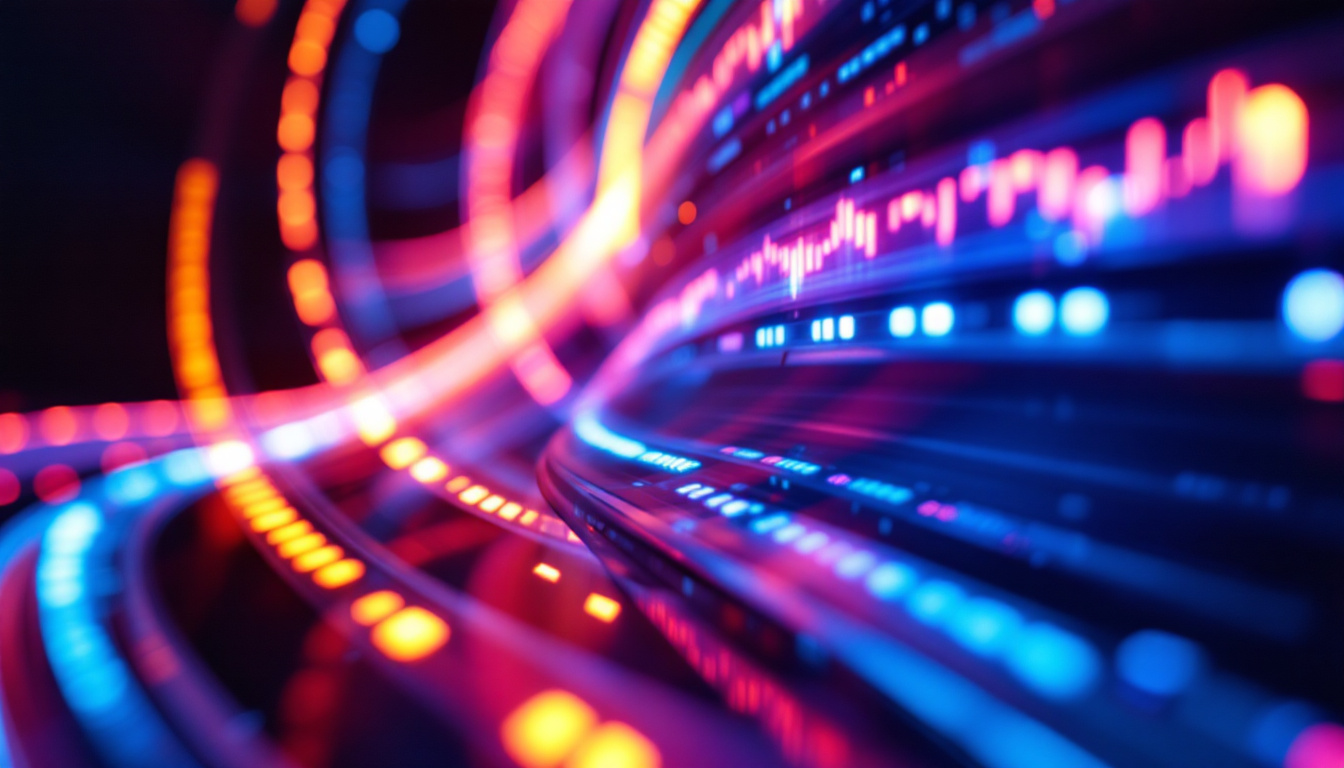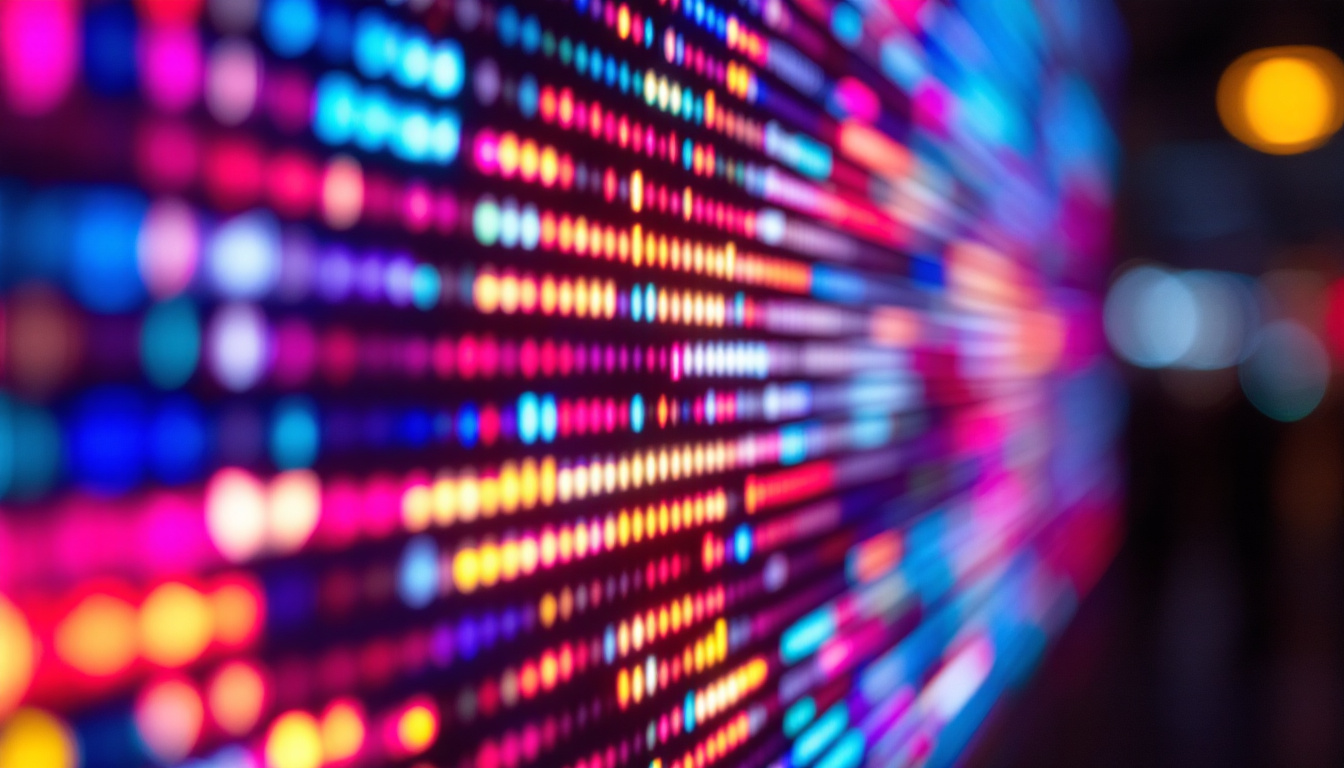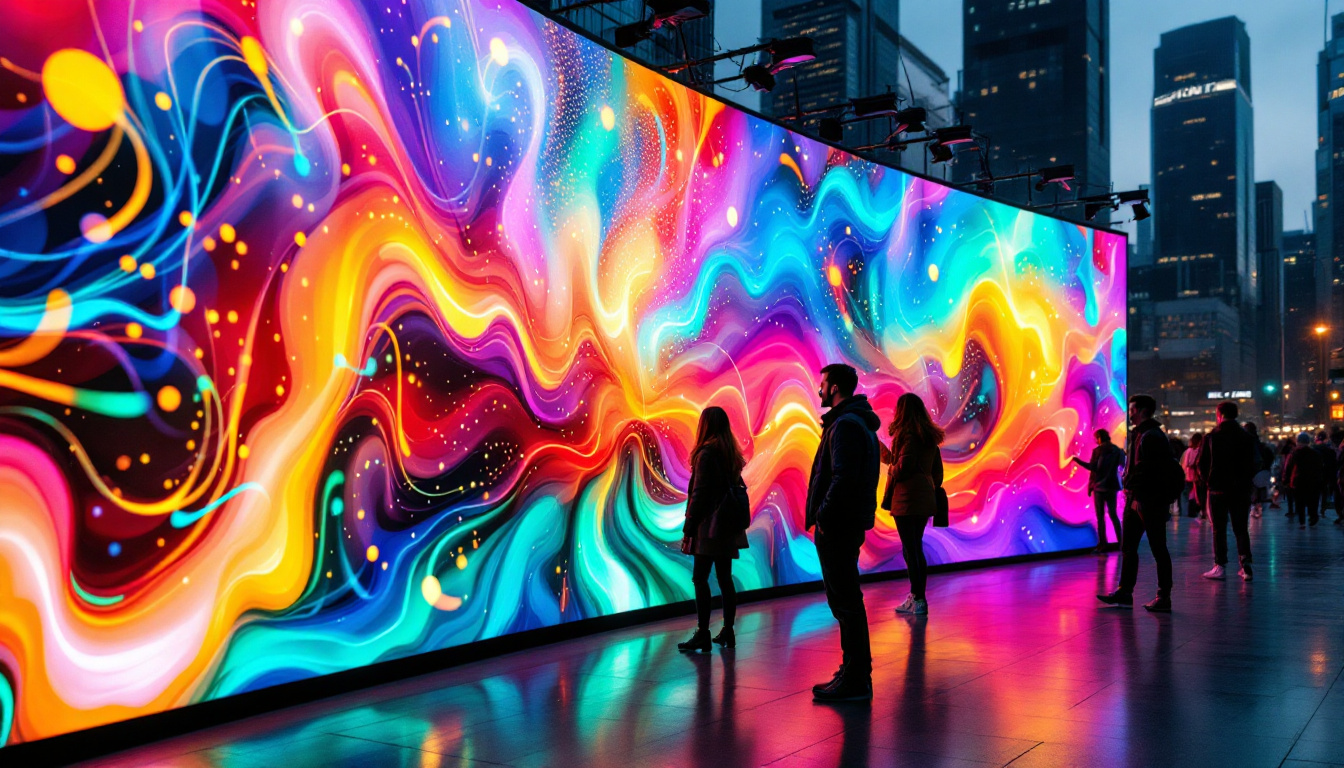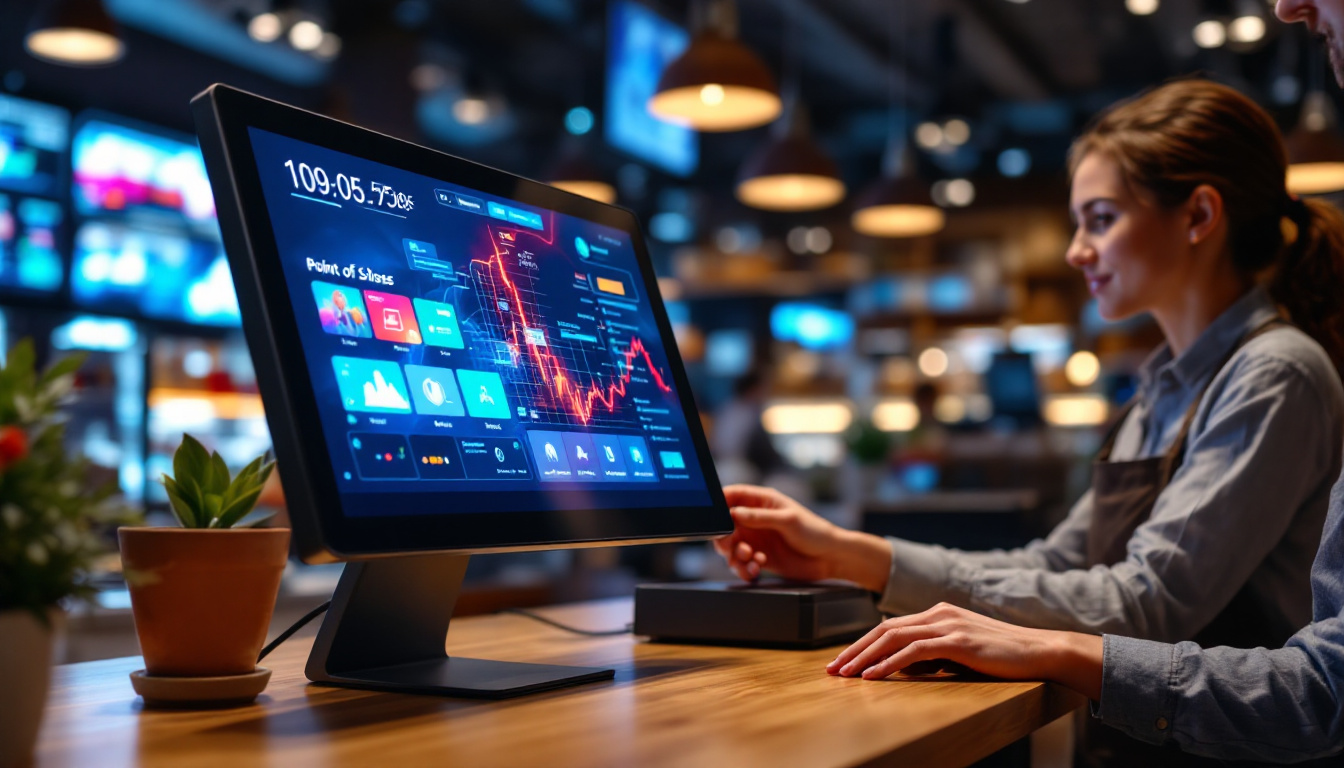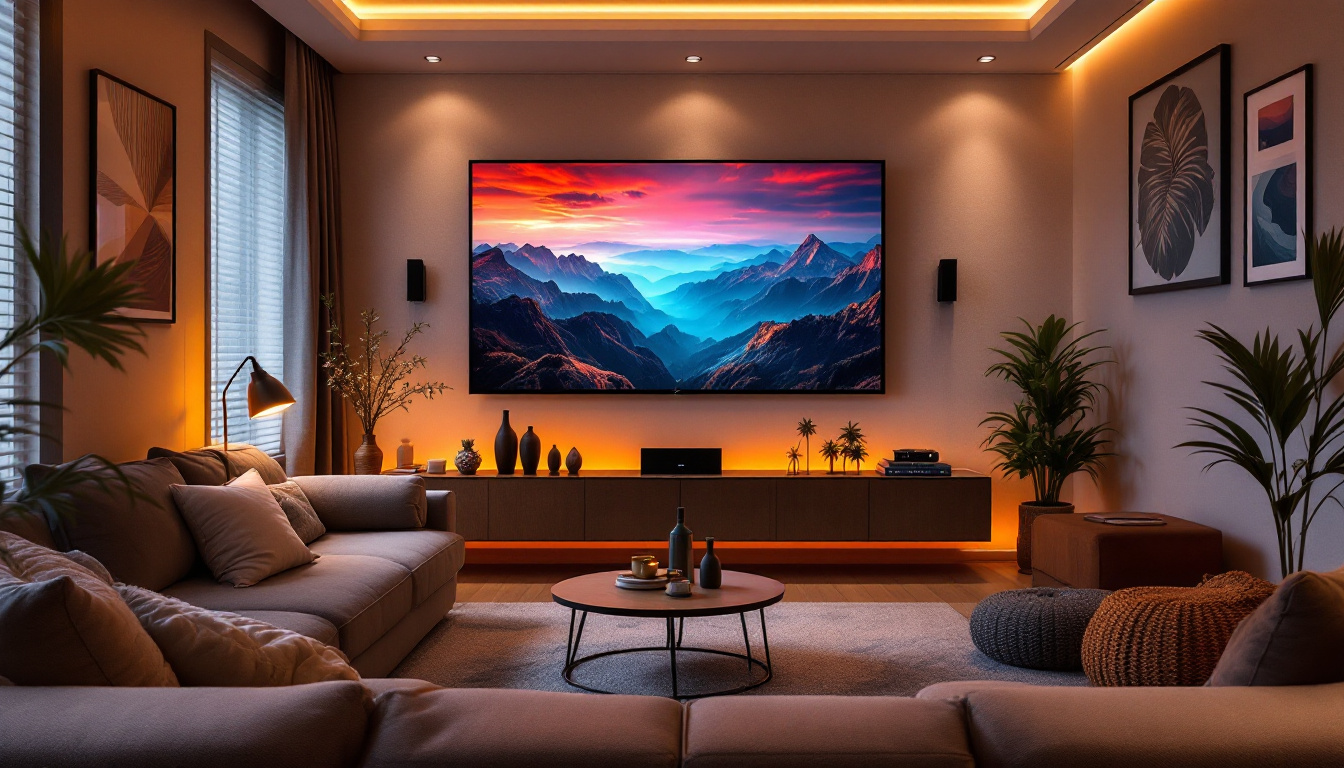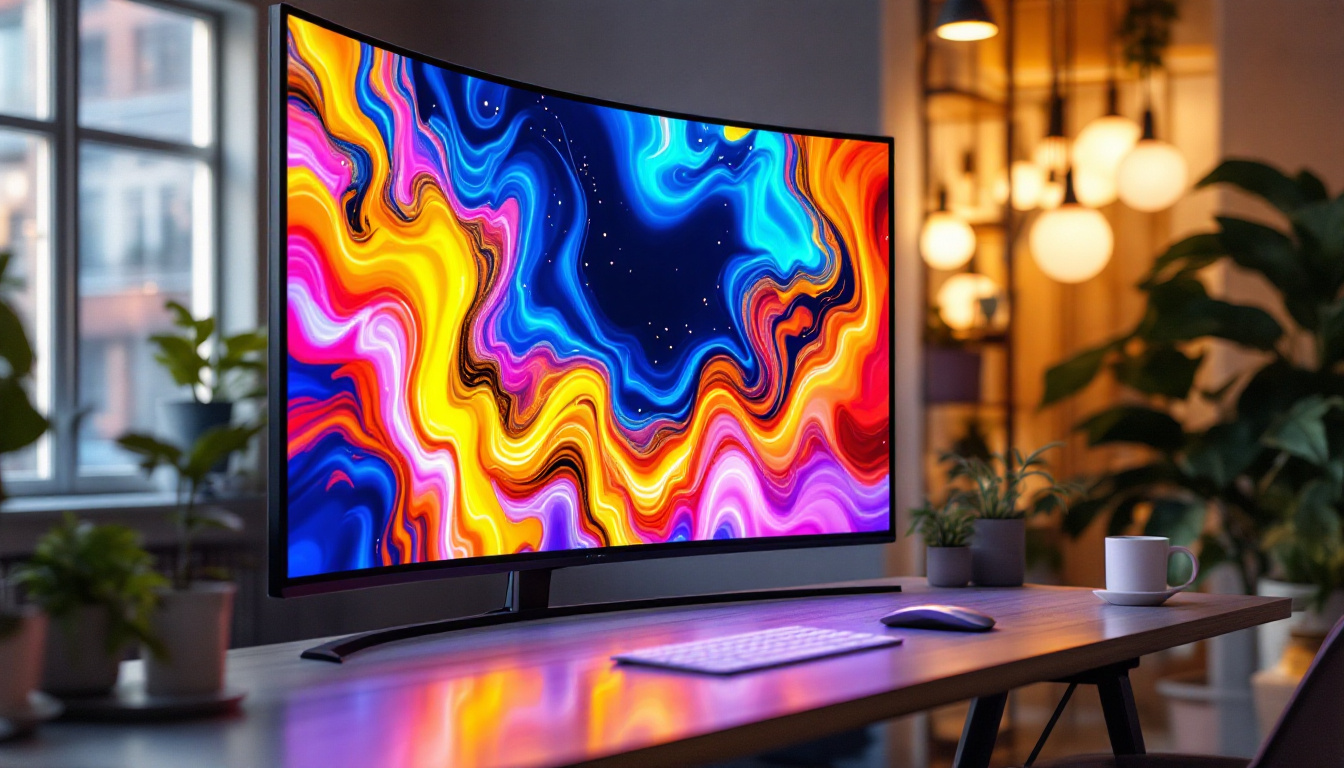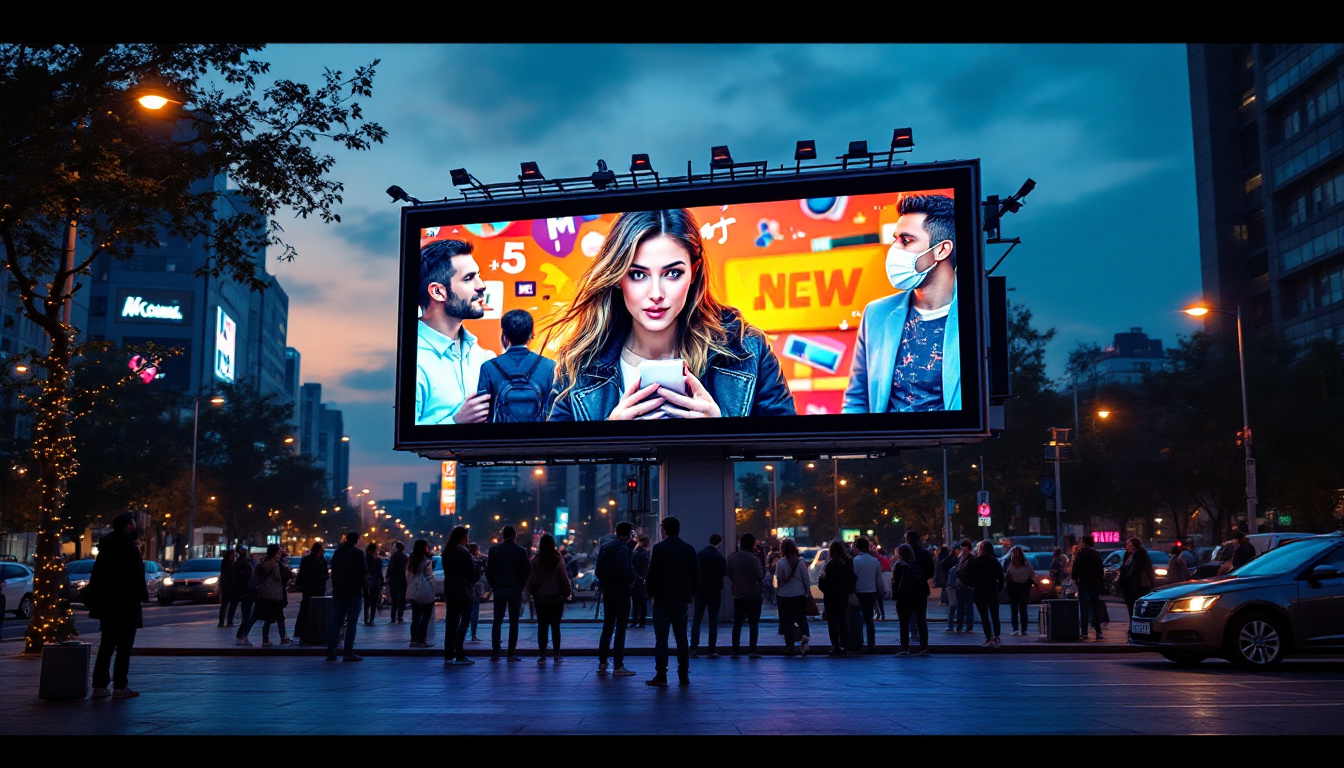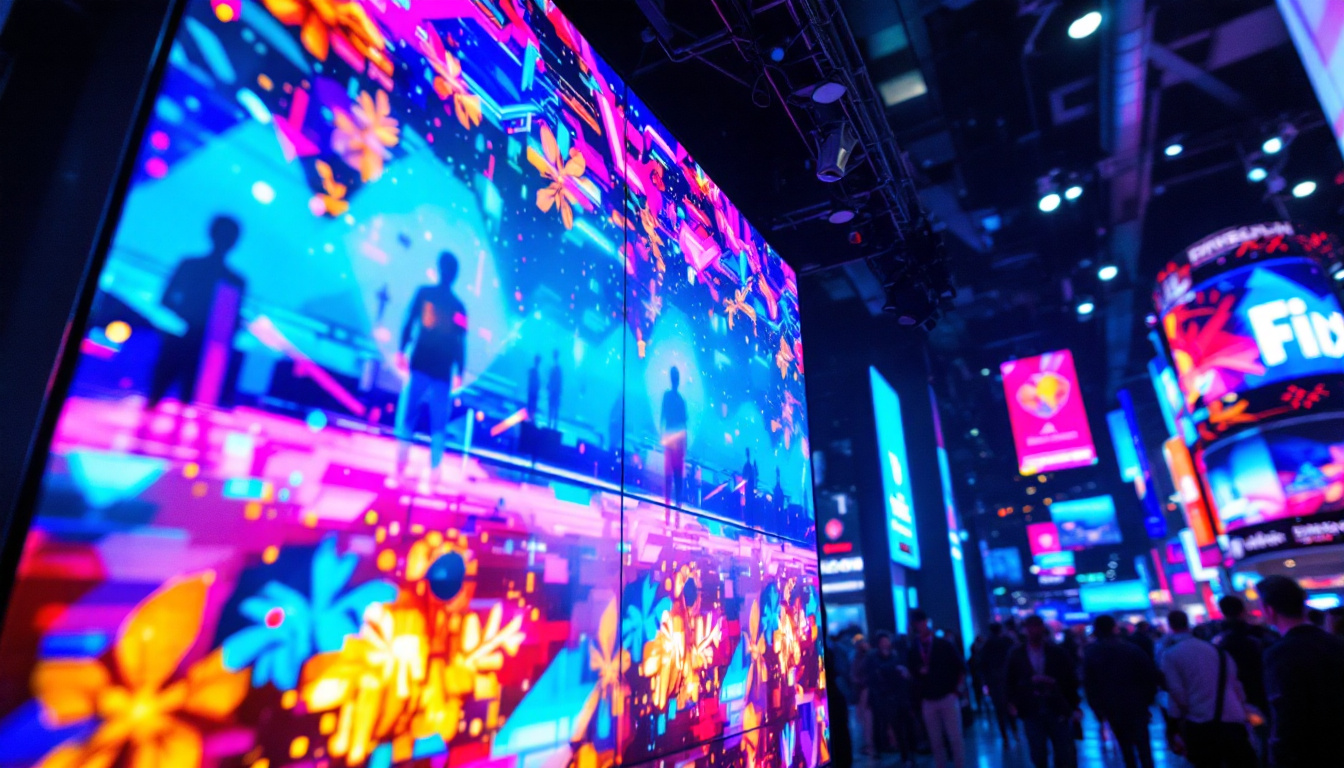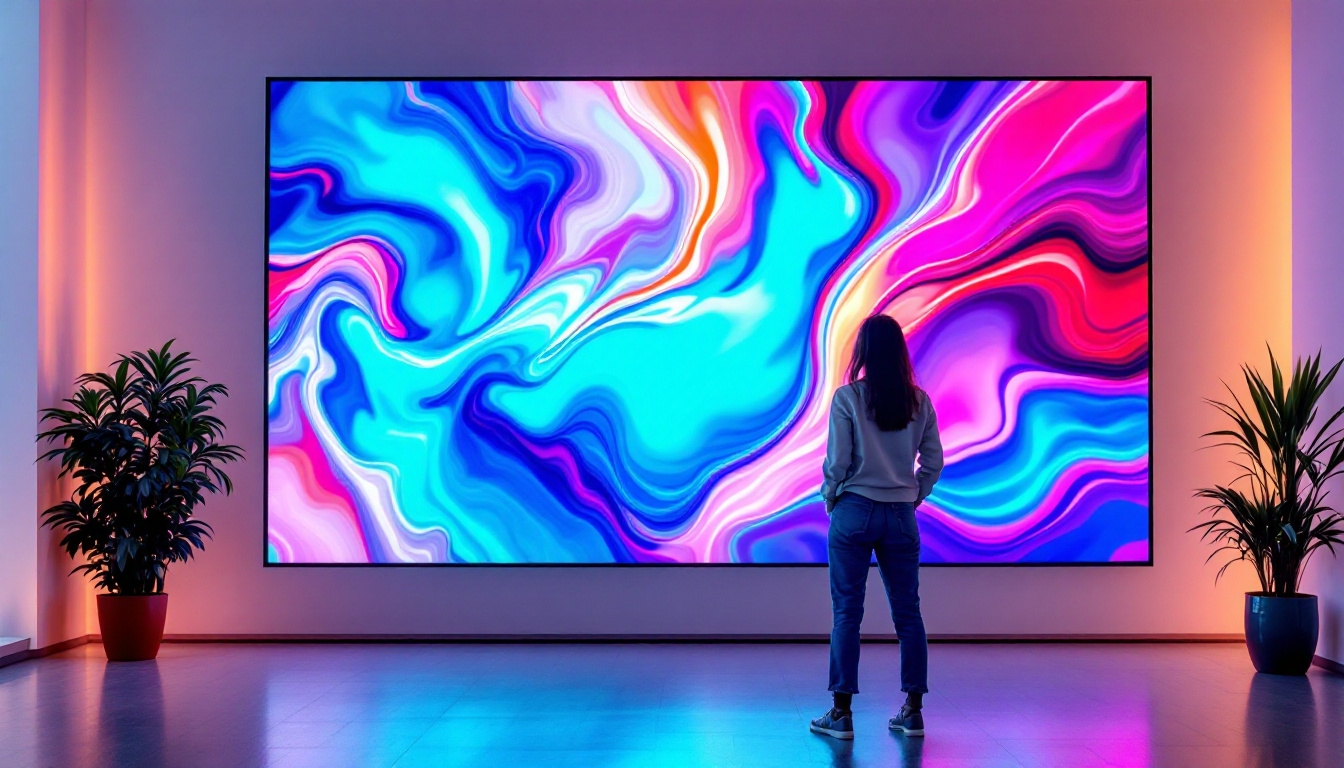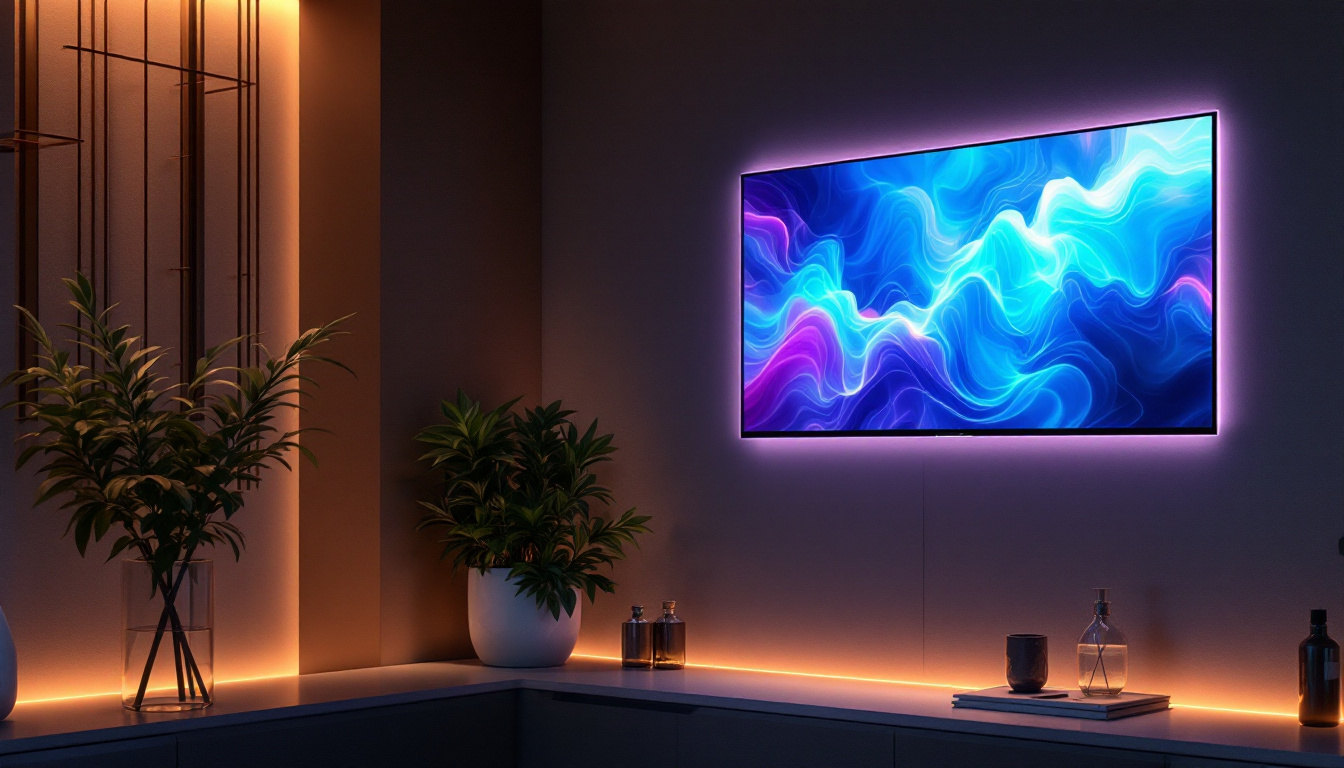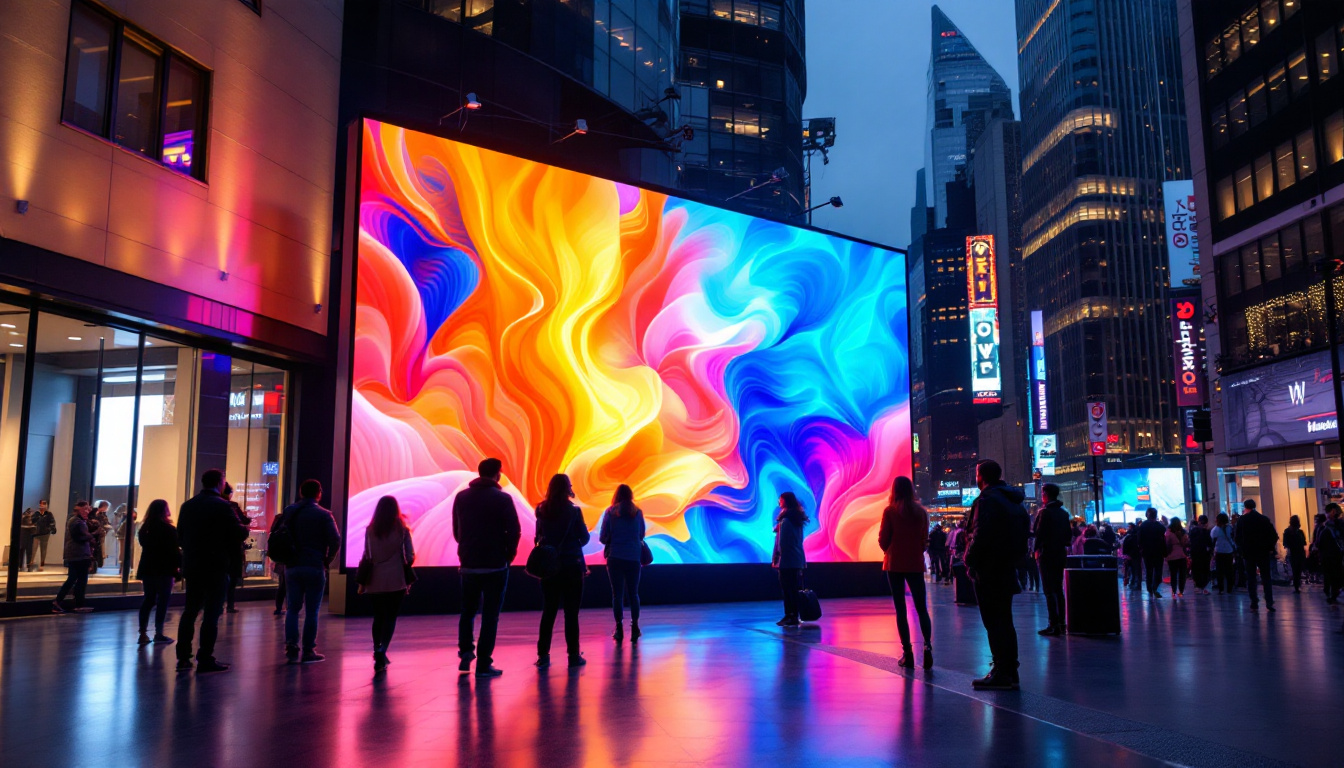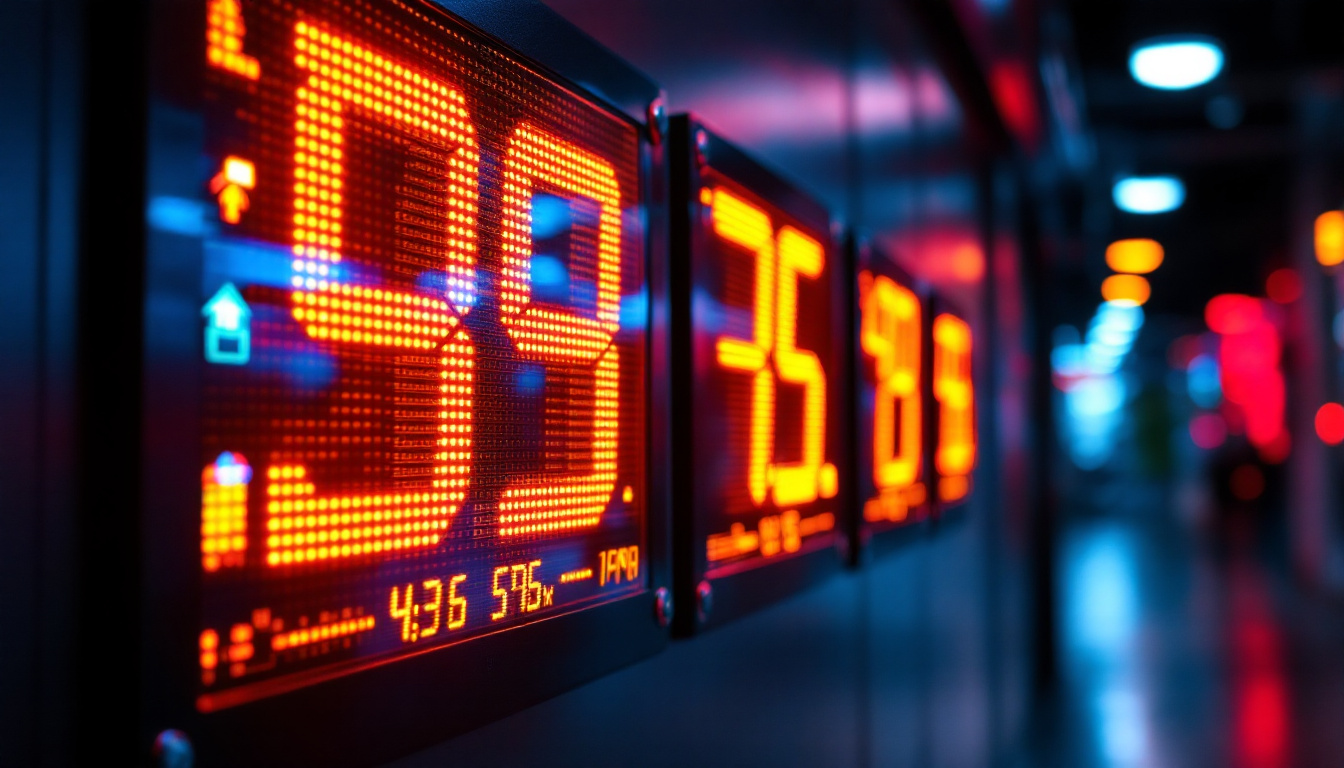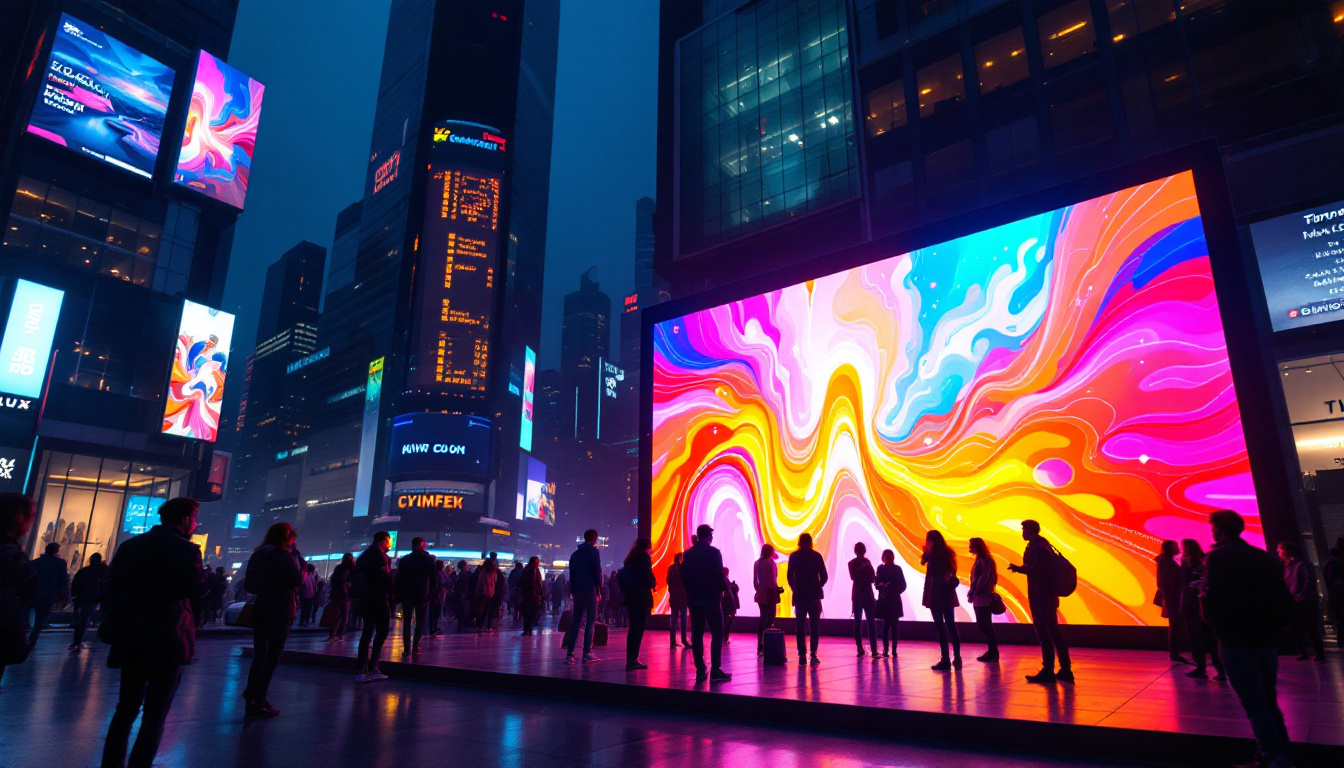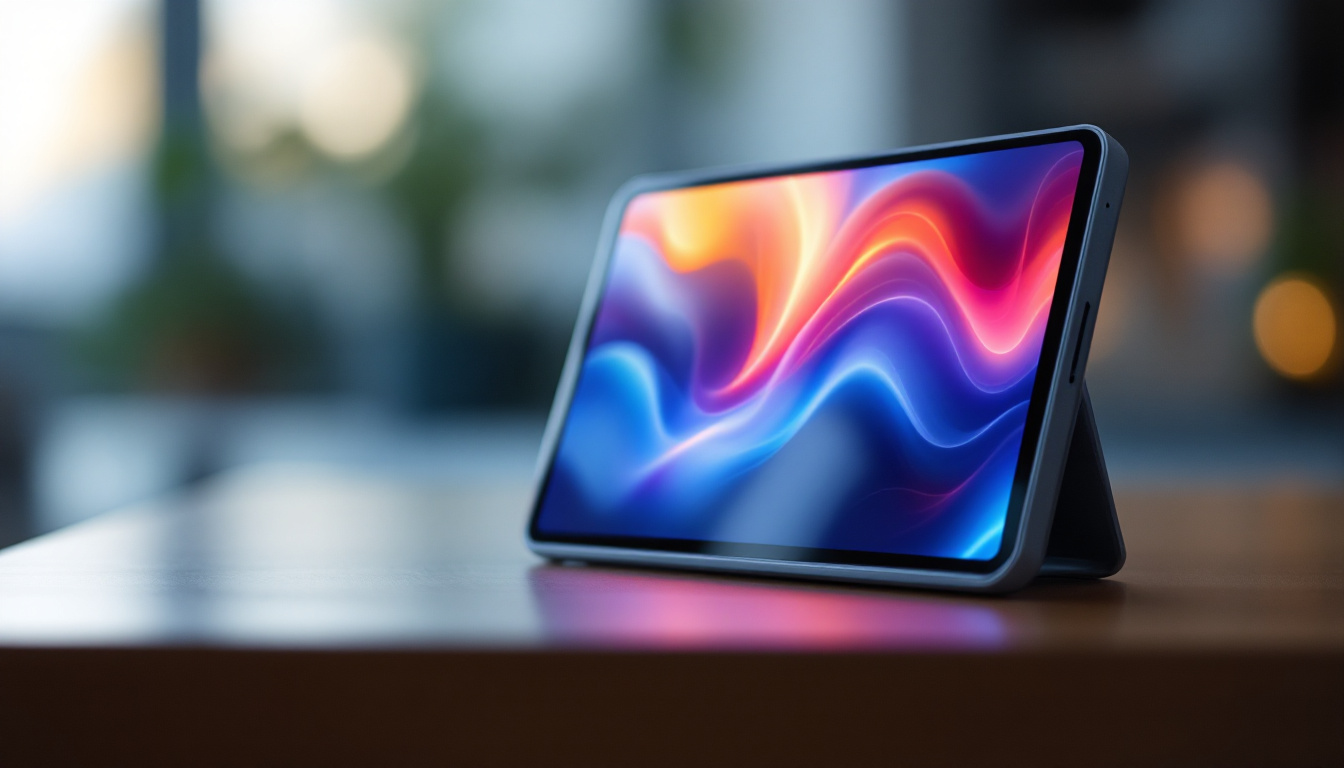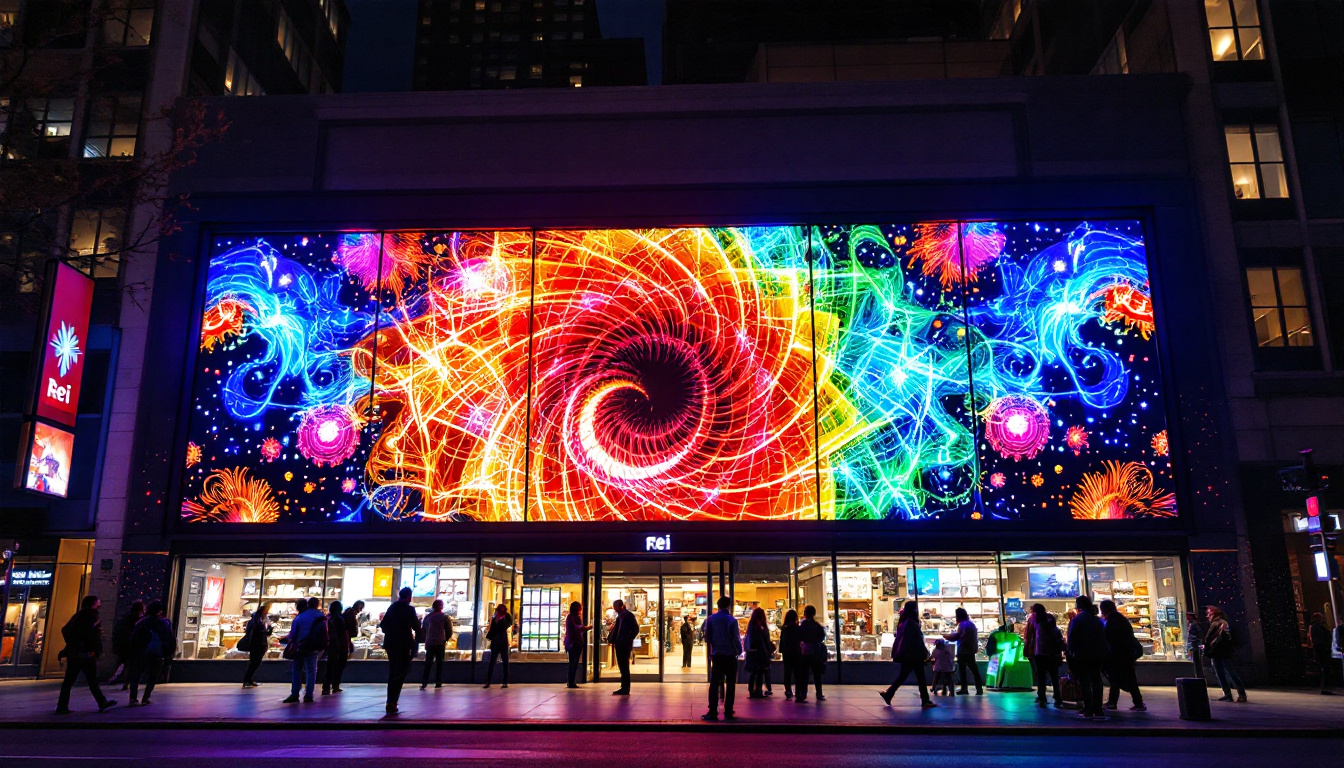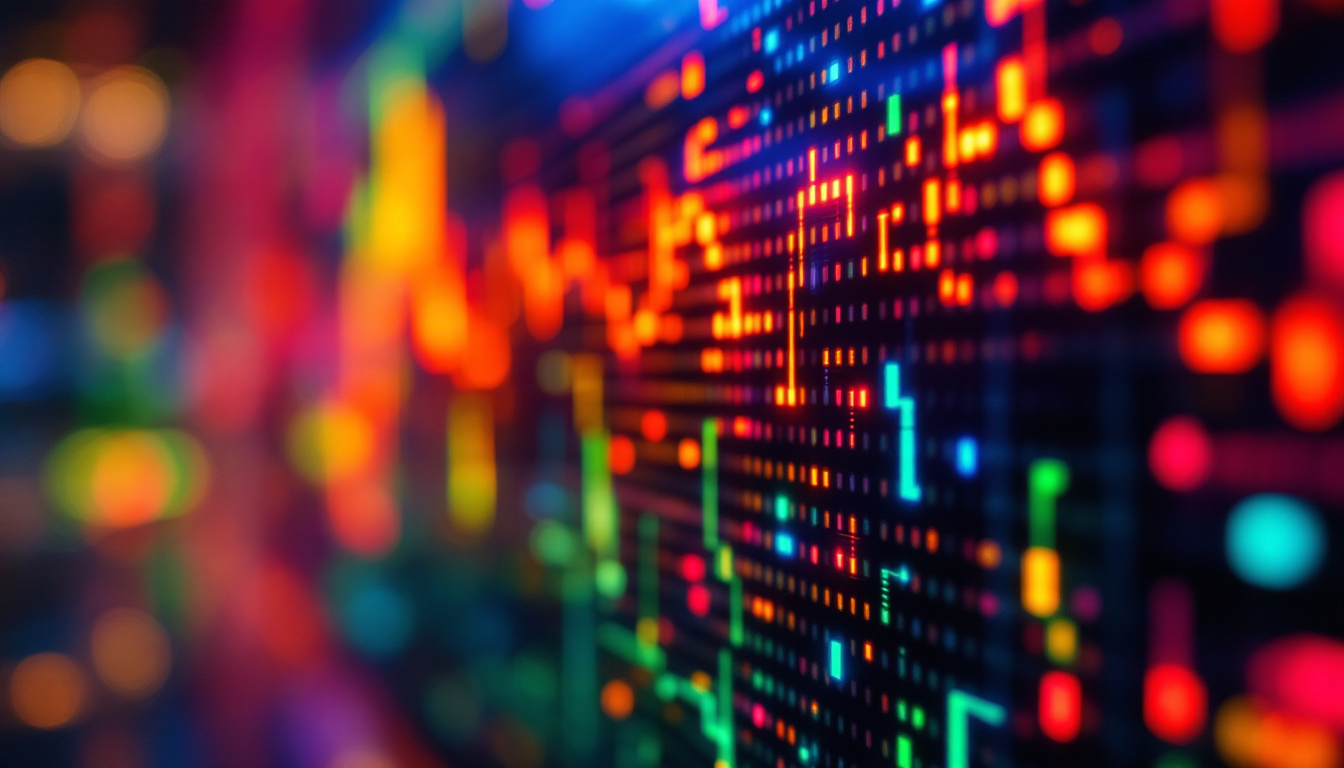In the age of digital technology, visual displays have become an integral part of our daily lives. Among the various types of displays available, LED (Light Emitting Diode) displays have emerged as a popular choice for showcasing pictures and videos. This article delves into the intricacies of LED displays, exploring their technology, applications, advantages, and future trends.
Understanding LED Technology
LED technology has revolutionized the way images are presented, offering vibrant colors and high brightness levels. At its core, an LED display consists of numerous tiny light-emitting diodes that work together to create the images we see. This advancement has not only enhanced visual experiences but has also paved the way for more energy-efficient lighting solutions across various industries.
How LED Displays Work
LED displays operate by utilizing a matrix of individual pixels, each made up of red, green, and blue (RGB) diodes. When these diodes are illuminated at varying intensities, they combine to produce a wide spectrum of colors. The arrangement of these pixels determines the overall resolution of the display, with higher pixel counts yielding sharper images. This pixel configuration is crucial for applications such as gaming, where rapid motion and detail are essential for an immersive experience.
In essence, the more pixels a display has, the more detail it can convey. This is particularly important for applications that require high image fidelity, such as digital signage and large-scale video walls. Moreover, advancements in LED technology have led to improvements in refresh rates and response times, allowing for smoother transitions and reduced motion blur, which are vital for both entertainment and professional presentations.
Types of LED Displays
There are several types of LED displays, each designed for specific applications. The most common types include:
- Direct View LED Displays: These displays are made up of individual LED modules that can be assembled into larger screens. They are often used for outdoor advertising and large events due to their high brightness and visibility. In addition to their vibrant output, direct view LED displays are also weather-resistant, making them suitable for various environmental conditions.
- LED-backlit LCD Displays: These displays combine traditional LCD technology with LED backlighting. They offer improved color accuracy and energy efficiency compared to conventional LCDs. The use of LED backlighting allows for thinner designs and better contrast, enhancing the viewing experience in both bright and dim environments.
- Organic LED (OLED) Displays: OLED technology uses organic compounds to emit light, allowing for thinner screens and better contrast ratios. They are commonly found in smartphones and high-end televisions. The flexibility of OLED technology also enables innovative designs, such as curved screens and foldable devices, which are becoming increasingly popular in the consumer electronics market.
Applications of LED Displays
LED displays have found their place in a multitude of industries, enhancing visual communication and engagement. Their versatility makes them suitable for various applications, from advertising to entertainment.
Advertising and Marketing
One of the most prominent uses of LED displays is in advertising. Billboards and digital signage equipped with LED technology can capture the attention of passersby with bright colors and dynamic content. The ability to change advertisements in real-time allows businesses to tailor their messaging based on the audience or time of day, maximizing impact.
Moreover, LED displays can be programmed to showcase promotional videos, animations, or interactive content, creating a more engaging experience for consumers. This adaptability has made them a preferred choice for many brands looking to stand out in a crowded marketplace. In addition to traditional advertising, LED displays are also utilized in social media campaigns, where brands can display user-generated content or live feeds, further fostering a sense of community and engagement among their audience.
Entertainment and Events
In the entertainment industry, LED displays play a crucial role in enhancing the audience experience. Concerts, sports events, and theater productions often utilize large LED screens to broadcast live performances, ensuring that even those seated far from the stage can enjoy the show.
Furthermore, LED technology is not limited to large venues. Smaller displays are commonly used in clubs, bars, and restaurants to create immersive environments through visual effects and dynamic content. The integration of LED displays in these settings can significantly enhance the overall atmosphere. For instance, during live DJ sets, LED walls can synchronize with the music, creating a captivating visual spectacle that elevates the energy of the event. Additionally, festivals often employ LED displays to convey information, schedule updates, and enhance the thematic elements of the experience, making them an essential component of modern entertainment.
Corporate and Educational Settings
LED displays are increasingly being adopted in corporate environments for presentations, meetings, and training sessions. Their ability to deliver clear visuals and vibrant colors makes them ideal for displaying complex data, graphs, and videos.
In educational institutions, LED displays are transforming traditional classrooms into interactive learning environments. Teachers can utilize these displays to present multimedia content, engage students in discussions, and facilitate collaborative projects, thereby enhancing the overall learning experience. Beyond the classroom, LED displays are also being used in auditoriums and lecture halls to provide high-quality visuals for guest speakers and presentations, ensuring that all attendees can benefit from the information being shared. Moreover, the incorporation of touch-enabled LED screens allows for interactive learning sessions where students can participate actively, fostering a more engaging and participatory educational atmosphere.
Advantages of LED Displays
The popularity of LED displays can be attributed to several key advantages that set them apart from other display technologies.
Energy Efficiency
One of the most significant benefits of LED displays is their energy efficiency. Compared to traditional incandescent or fluorescent lighting, LED technology consumes significantly less power. This not only reduces electricity costs but also contributes to a smaller carbon footprint, making LED displays an environmentally friendly choice.
Longevity and Durability
LED displays are known for their long lifespan, often lasting tens of thousands of hours before requiring replacement. This durability is particularly advantageous for outdoor installations, where displays are exposed to various weather conditions. Unlike other display technologies that may suffer from burn-in or degradation over time, LED displays maintain their performance and visual quality for extended periods.
High Brightness and Contrast
LED displays excel in brightness, making them suitable for both indoor and outdoor environments. Their high contrast ratios ensure that images remain sharp and vibrant, even in direct sunlight. This capability is essential for applications where visibility is crucial, such as outdoor advertising and public information displays.
Challenges and Considerations
Despite their numerous advantages, LED displays are not without challenges. Understanding these challenges is essential for making informed decisions when selecting and implementing LED technology.
Initial Costs
While LED displays offer long-term savings through energy efficiency and durability, the initial investment can be relatively high compared to traditional display technologies. Organizations must weigh the upfront costs against the potential benefits to determine if LED displays are the right choice for their needs.
Color Calibration and Maintenance
To ensure optimal performance, LED displays require regular calibration and maintenance. Over time, individual diodes may degrade at different rates, leading to color inconsistencies. Routine checks and adjustments are necessary to maintain uniformity and visual quality, which can add to the overall maintenance costs.
Viewing Angles
Although LED displays offer excellent brightness, their viewing angles can be limited, particularly in certain types of displays. This limitation can affect the visibility of the content from various angles, making it crucial to consider the intended viewing environment when selecting an LED display.
Future Trends in LED Display Technology
The future of LED display technology is promising, with ongoing advancements that aim to enhance performance, reduce costs, and expand applications. Several trends are emerging that will shape the landscape of LED displays in the coming years.
MicroLED Technology
MicroLED technology represents a significant leap forward in display innovation. This technology involves using microscopic LEDs to create displays with exceptional resolution and color accuracy. MicroLED displays have the potential to deliver superior image quality while being more energy-efficient than traditional LED displays.
As this technology matures, it is expected to find applications in various sectors, including consumer electronics, automotive displays, and even wearable devices. The compact nature of MicroLEDs allows for flexible designs and new form factors, opening up exciting possibilities for future displays.
Integration with Smart Technologies
As the world becomes increasingly interconnected, the integration of LED displays with smart technologies is on the rise. Smart LED displays can connect to the Internet of Things (IoT), enabling real-time data updates, remote management, and interactive features.
This integration allows businesses to create dynamic content that responds to external factors, such as weather conditions or audience demographics. The potential for personalized and context-aware displays is vast, making LED technology even more versatile and impactful.
Advancements in Sustainability
With growing awareness of environmental issues, the LED display industry is focusing on sustainability. Manufacturers are exploring eco-friendly materials and production processes to reduce waste and energy consumption.
Additionally, recycling programs for old LED displays are being developed to ensure that components are disposed of responsibly. As sustainability becomes a priority for consumers, the demand for environmentally friendly display solutions is expected to rise.
Conclusion
LED displays have transformed the way images and videos are presented, offering vibrant colors, energy efficiency, and durability. Their applications span various industries, from advertising and entertainment to corporate and educational settings. While challenges exist, the advantages of LED technology make it a compelling choice for visual communication.
As advancements continue to shape the future of LED displays, emerging technologies such as MicroLED and smart integration promise to enhance performance and expand possibilities. The commitment to sustainability further underscores the importance of LED displays in a rapidly evolving digital landscape.
In conclusion, LED displays are not just a trend; they represent the future of visual communication, providing innovative solutions that captivate audiences and drive engagement. With their continued evolution, LED displays will undoubtedly play a pivotal role in how we share and experience visual content in the years to come.
Explore Cutting-Edge LED Display Solutions with LumenMatrix
Ready to elevate your visual communication strategy? Discover the innovative world of LumenMatrix, where our commitment to excellence in LED display technology meets your desire for vibrant, energy-efficient, and durable visual solutions. From Indoor and Outdoor LED Wall Displays to specialized options like Vehicle LED Displays, LED Sports Displays, and even Custom LED solutions, LumenMatrix is your partner in creating truly captivating visual experiences. Don’t just take our word for it; check out LumenMatrix LED Display Solutions today and see how we can transform your space and engage your audience like never before.


